Invented by James Paul Smurro
Cognitive collaboration is the process of using technology to enhance human collaboration and decision-making. This technology is based on the concept of cognitive computing, which involves the use of artificial intelligence (AI) to simulate human thought processes.
Neurosynaptic image networks are a type of AI that mimic the way the human brain works. These networks are designed to learn and adapt to new information, just like the human brain. They can be used to analyze large amounts of data and identify patterns that would be difficult for humans to detect.
Augmented mental intelligence is another technology that is transforming the way we work. This technology involves the use of wearable devices that can enhance our cognitive abilities. For example, a smartwatch could be used to monitor our heart rate and alert us when we are becoming stressed or fatigued.
Cybernetic workflow is a process that uses technology to automate repetitive tasks and streamline workflows. This technology can be used to improve efficiency and reduce errors in the workplace.
The market for cognitive collaboration using these technologies is expected to grow significantly in the coming years. According to a report by MarketsandMarkets, the global market for cognitive collaboration software is expected to reach $1.5 billion by 2024, growing at a compound annual growth rate (CAGR) of 11.0% from 2019 to 2024.
The healthcare industry is one of the main sectors that is expected to benefit from cognitive collaboration. This technology can be used to improve patient outcomes by providing doctors and nurses with real-time data and insights. For example, a neurosynaptic image network could be used to analyze medical images and identify potential health issues.
The financial services industry is another sector that is expected to benefit from cognitive collaboration. This technology can be used to analyze large amounts of financial data and identify patterns that would be difficult for humans to detect. This can help financial institutions make better investment decisions and reduce the risk of fraud.
In conclusion, the market for cognitive collaboration using neurosynaptic image networks, augmented mental intelligence, and cybernetic workflow is rapidly growing. This technology has the potential to transform the way we work and interact with each other, and it is expected to have a significant impact on many different industries in the coming years. As this technology continues to evolve, we can expect to see even more innovative applications and use cases emerge.
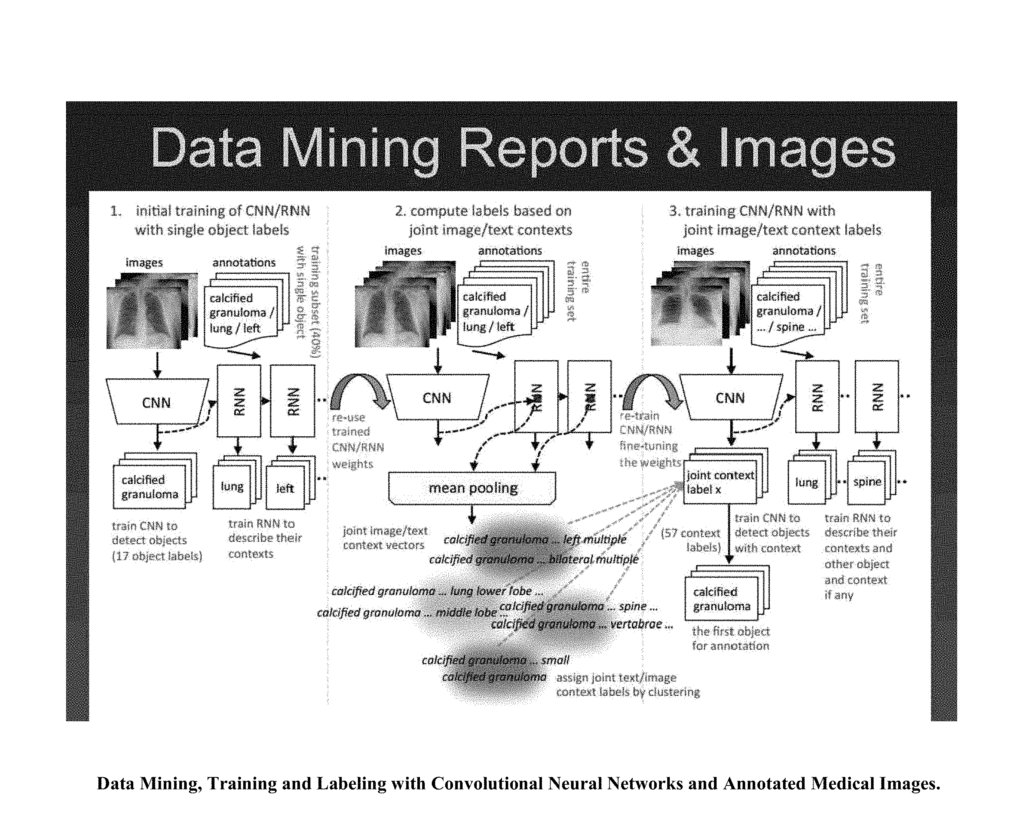
The James Paul Smurro invention works as follows
The invention combines emerging tools and techniques for machine-learning in medicine with videoconference network technology in novel business models that support rapid adaptive medical learning for machines and minds. These methods combine clinical expertise and domain knowledge with cognitive collaboration, enhanced medical intelligence and cybernetic work streams to learn health care systems. This invention allows multimodal cognitive communications. It also facilitates collaboration, consultation, and instruction among cognitive collaborators, including heterogeneous networks of people, machines, devices and neural networks. It provides for both synchronous and asynchronous cognitive collaboration with multichannel, multiplexed imagery data streams during various stages of medical disease and injury management?detection, diagnosis, prognosis, treatment, measurement and monitoring, as well as resource utilization and outcomes reporting. It can acquire both live streamed and archived medical imaging data from network-connected medical device, cameras, signals and sensors, and also multiomic data sets, structured reports, and clinical documents. It allows cognitive curation, annotation, and tagging as well as the encapsulation and saving, sharing, and sharing of collaborative imagery data streams as packetized medicinal intelligence. This invention enhances packetized medical information by recursive cognitive enrichment. It includes multimodal annotation and [semantic] meta-tagging with outcomes and resources consumed. Augmented medical intelligence can also be saved in multiple formats and retrieved from standards-based repositories. This invention allows neurosynaptic network connectivity to medical images and video using multi-channel, multiplexed gateway streaming servers. These streamer servers can be configured for workflow orchestration across an enterprise?on platform or federated data architectures. It supports novel management methods of augmented medical intelligence using networked metadata repositories (includes imagery data streams annotated by semantic metadata). This invention prepares streaming imagery data for cognitive enterprise image. It can combine machine learning techniques (e.g. deep reinforcement and transfer learning, convolutional networks, NLP) to aid in curating, annotation and tagging medical images. It supports real-time intraoperative imaging analytics for robotic surgery as well as other image-guided interventions. This invention allows for collaborative precision medicine and other clinical initiatives to lower the cost of care. Cybernetic workflow streams: cognitive communications, collaboration and instruction with augmented medicinal intelligence?enable care delivery groups of medical minds or machines to?deliver right care for the right person, at the right moment, and in the right location? – to deliver care quicker, faster, safer, more accurately, cheaper, and better.
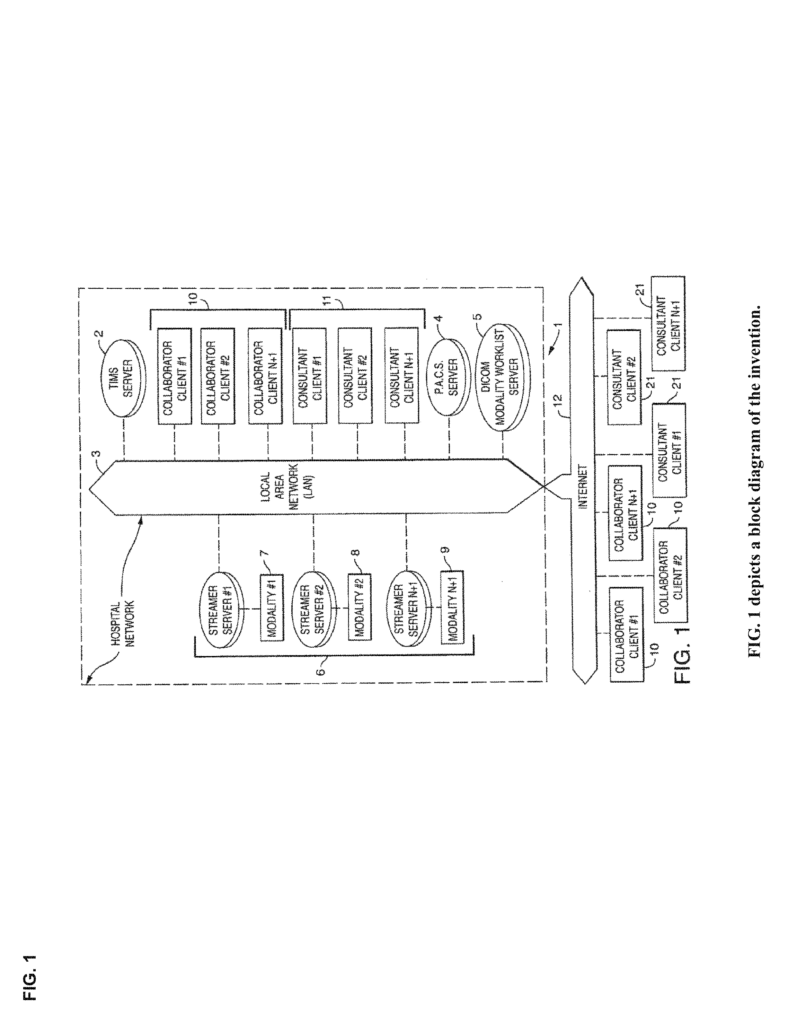
Background for Cognitive collaboration using neurosynaptic image networks, augmented mental intelligence and cybernetic workflow stream
Machine Learning in Medicine:
Digital clinical data, which are captured and stored electronically by hospitals and clinics in electronic medical records, as well as ever-growing volumes of medical images data have attracted growing interest and applications for machine learning in medicine.
In recent years, there has been an increase in artificial intelligence (AI), tools and resources available to medicine. This is especially due to ever increasing computing power and acceptance of cloud computing among hospitals and clinicians. Machine learning is used to support diagnosis, treatment coordination, and remote monitoring.
AI methodologies like machine learning and deeplearning for augmented biomedical imaging interpretation in radiology and cardiology, pathology dermatology, ophthalmology, genomic medicine, and radiology have great promise.
One example machine learning in medical imaging is differential diagnosis of breast carcinoma. This can be achieved by combining functional genomic information with pathology images (pathogenomics). It’s done within a biomedical image informatics framework that includes image extraction, feature combination and classification.
Algorithms that are based on deep convolutional neural network have been used to detect diabetic retinal retinopathy in retinal funds photographs with high specificity, sensitivity, and as good as board-certified ophthalmologists when making diagnoses.
Personalized precision medicine, with all its complexity, enormity, and data to be analyzed, is especially well-suited for the portfolio AI methodologies, including deeplearning, which can be used in order to identify and assess patients who have similar genotype-phenotype characteristics. Clinicians often find it difficult to search for interrelationships between genotypes and phenotypes in genomic diagnostics. This is especially true for rare diseases. Geneticists might now be able to use digital imaging and machine learning techniques as part of a hybrid approach to automated diagnosis and detection in medical genetics.
Individualized therapy is an integral part of precision medicine. It is based on genotype/phenotype coupling as well as pharmacogenomic profiles. Deep learning can be used to predict physicochemical properties, formula prediction, and properties like absorption, distribution metabolism, excretion and toxicity.
Surgical robotics has advanced to include 3D visualization, informatics-enriched imagery guided intervention
Machine learning algorithms could also be applied in large-scale wearable sensors data in neurological disorders like Parkinson’s disease to improve clinical diagnosis. The potential for objective, sensor-based and quantitative systems to assess Parkinson’s disease are able to replace subjective and qualitative ratings that were derived from human interpretation.
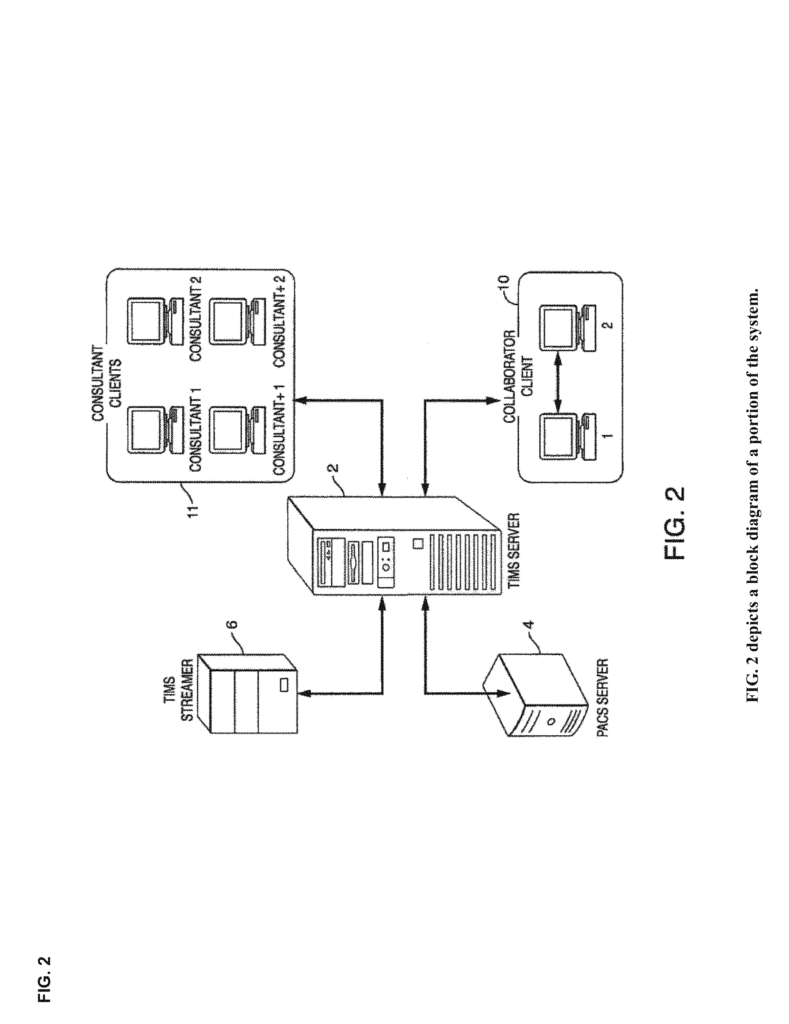
Data mining is an essential part of digital medicine, wearable devices, and for anomaly detection and prediction, diagnosis, and clinical decision making. Data mining of data streams from wearable devices usually includes feature extraction/selection processes to improve detection and prediction as well as decision making by clinicians.
Four types: reinforcement learning, transfer learning, reinforcement learning, one-shot learning” – these are some of the possible future uses of AI in medicine.
Deep Learning with all its many capabilities could well be used in many applications in medical data analysis. Multiple layers of neural nets can be used to assign phenotypic and genomic expressions of various conditions, such as clinical measurements, imaging data, genomic information, and disease subtypes.
Reinforcement Learning is an ideal tool for many aspects of medicine, as it easily accommodates complex patterns and long-term planning.
Transfer learning is when a network is trained for one task and then used to set up another task.
One-shot learning is a way to bring uniqueness to medical cases, as it doesn’t require large data dimensions that other machine learning methods typically require.
Natural language processing [NLP] is a combination of machine learning techniques to recognize and identify speech, as well language understanding and generation. Medical NLP could be used to collaborate curation, annotation, and tagging medical imagery data by heterogeneous groups of medical minds and computers. Annotated medical images that are medical “ground truth” will be increasingly useful for clinical diagnosis, diagnosis, and decision support. They can also be used to train, test, and validate machine learning algorithms that require large imagery data sets.
Personalized precision medicine could require disruptive computational platforms to discover new biomedical knowledge. These platforms will need scalable computational frameworks that can leverage hypergraph data models and query language that are well-suited for representing multi-lateral, multiscalar, and complex relationships. Hypergraph-like clinical data stores (e.g. from disease registries), can be combined with individual patient’s genomic, phenotypic and imaging information to create personalized genome-based knowledge storages for clinical translation and discovery. It is possible to match patients with very similar clinical and genomic elements for therapeutic and diagnostic strategies.
Cloud computing and storage are able to facilitate a wide range of AI techniques for multiinstitutional collaborations, which may prove essential to drive future applications of AI into biomedicine and healthcare. The internet of medical objects (IoMT), which is a network of connected devices that monitor and control patients at home and in hospitals, may provide critical data sources to medicine.
Clinical data analytics is going to increasingly rely upon machine learning tools and technologies to answer many clinical queries for intelligence-based medical care, as opposed the current best practices of relying on published medical reports for evidence-based medication.
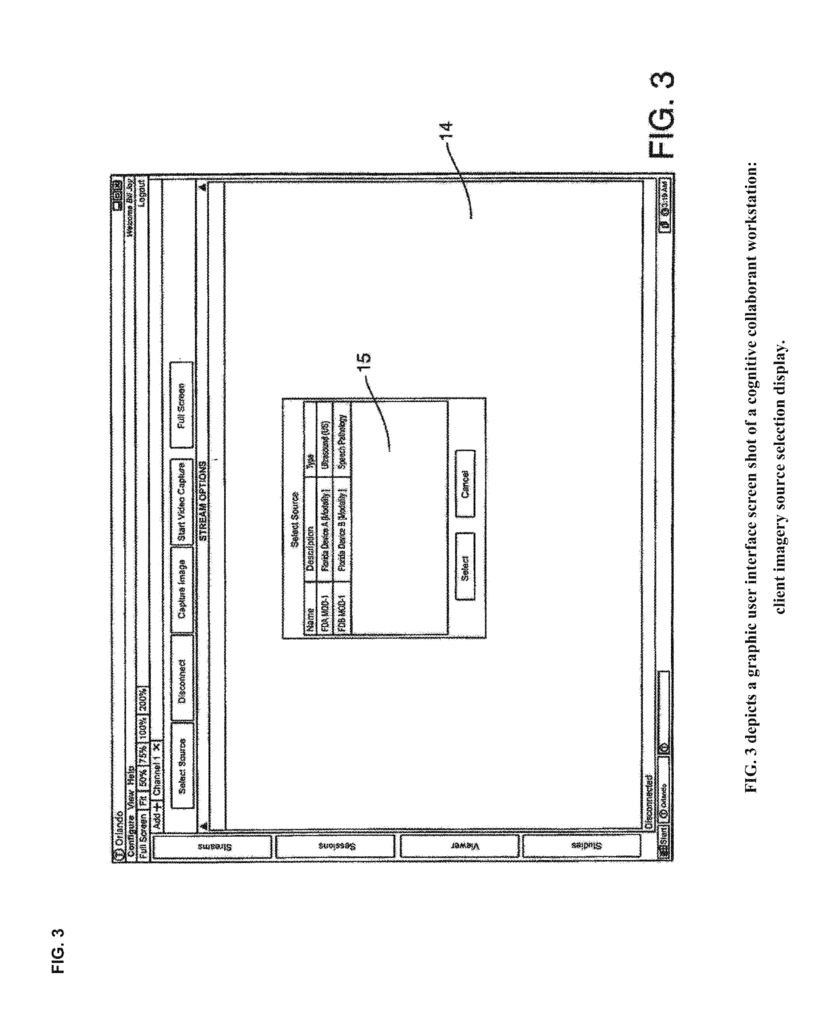
Click here to view the patent on Google Patents.
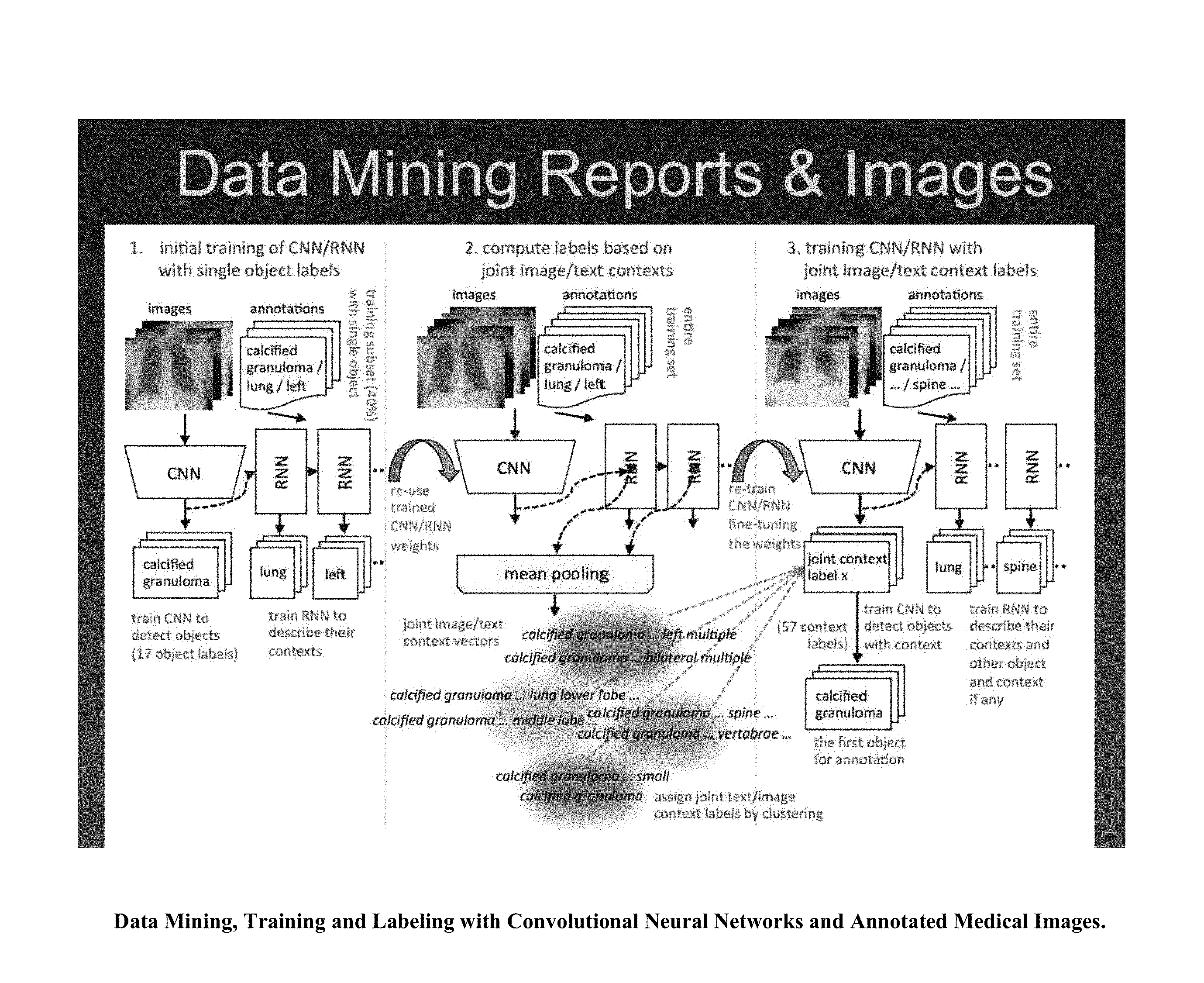
Leave a Reply